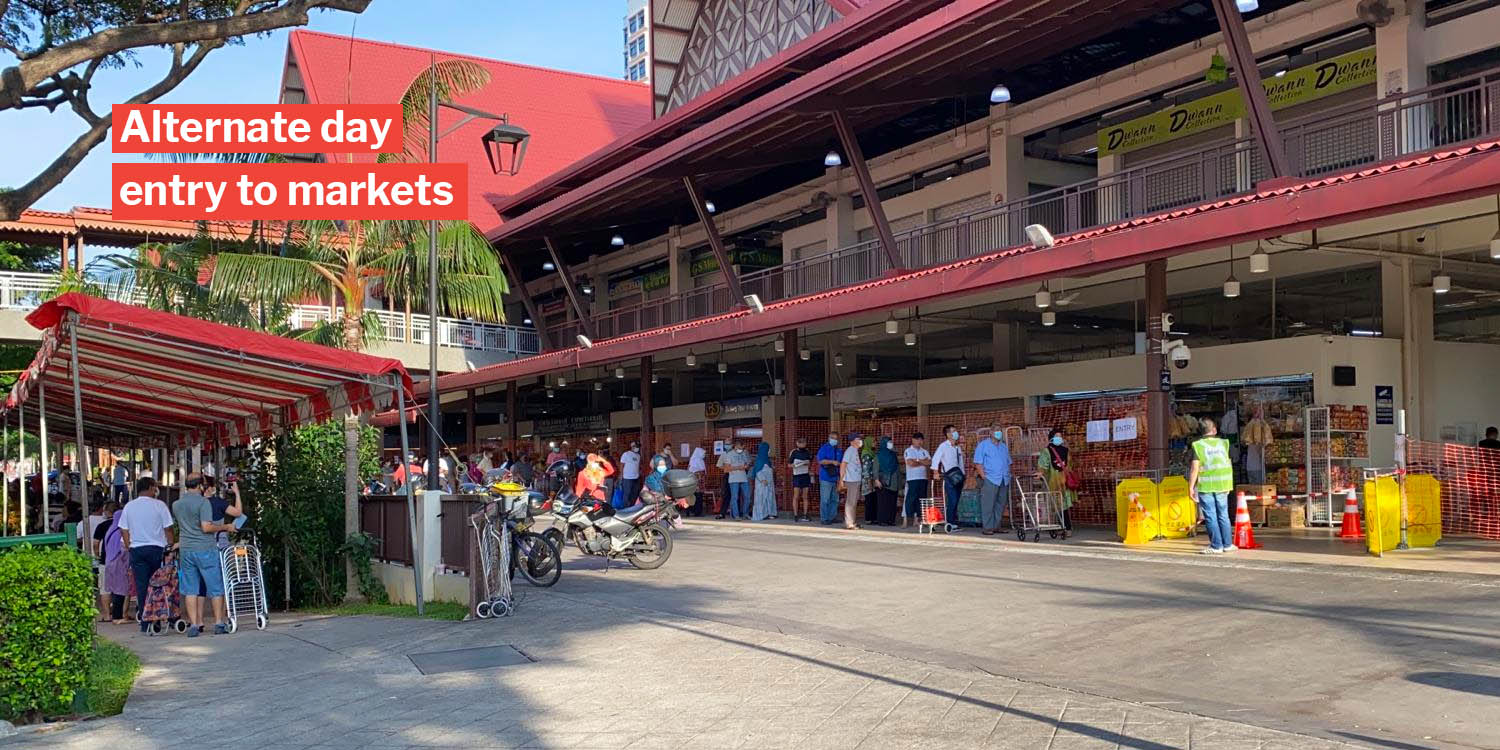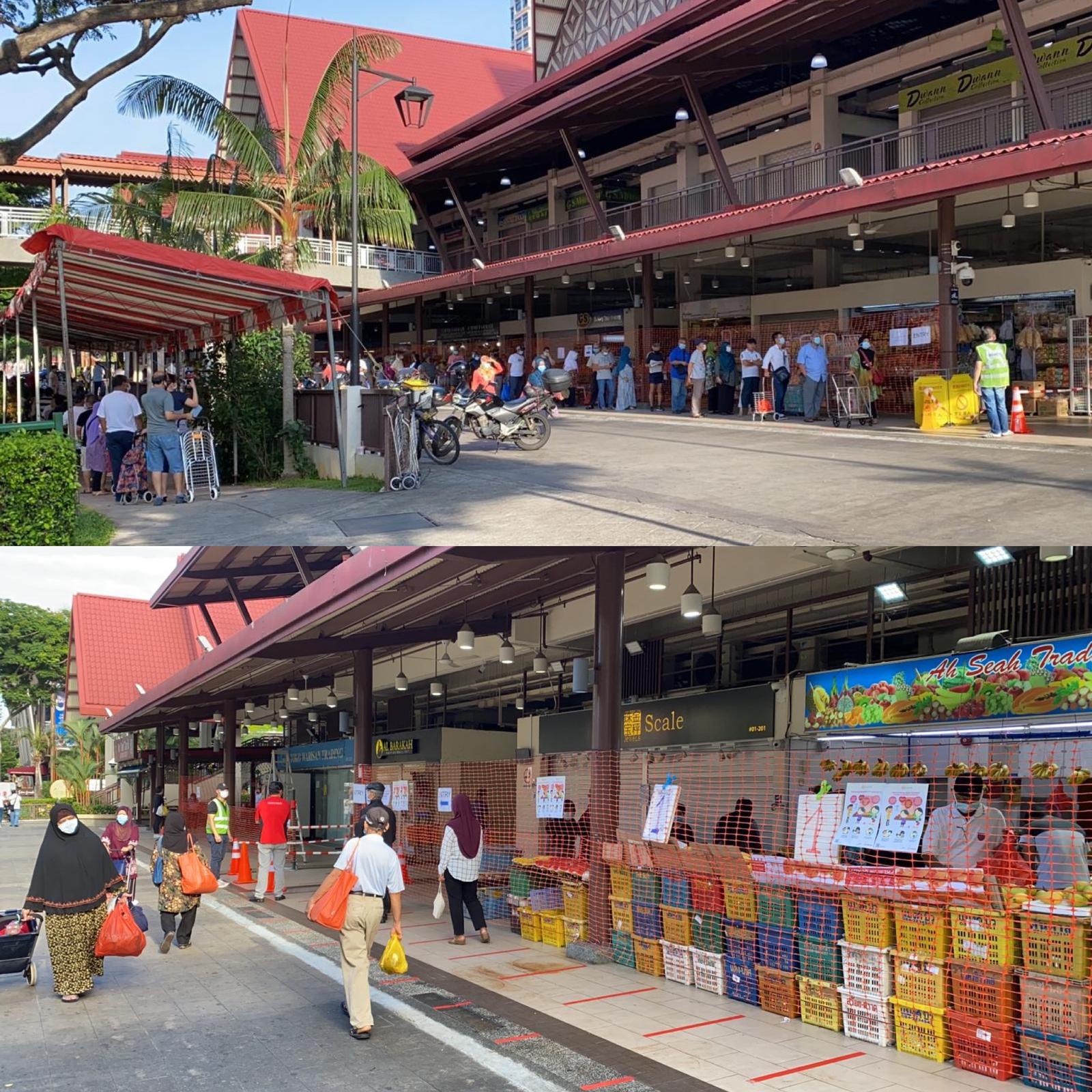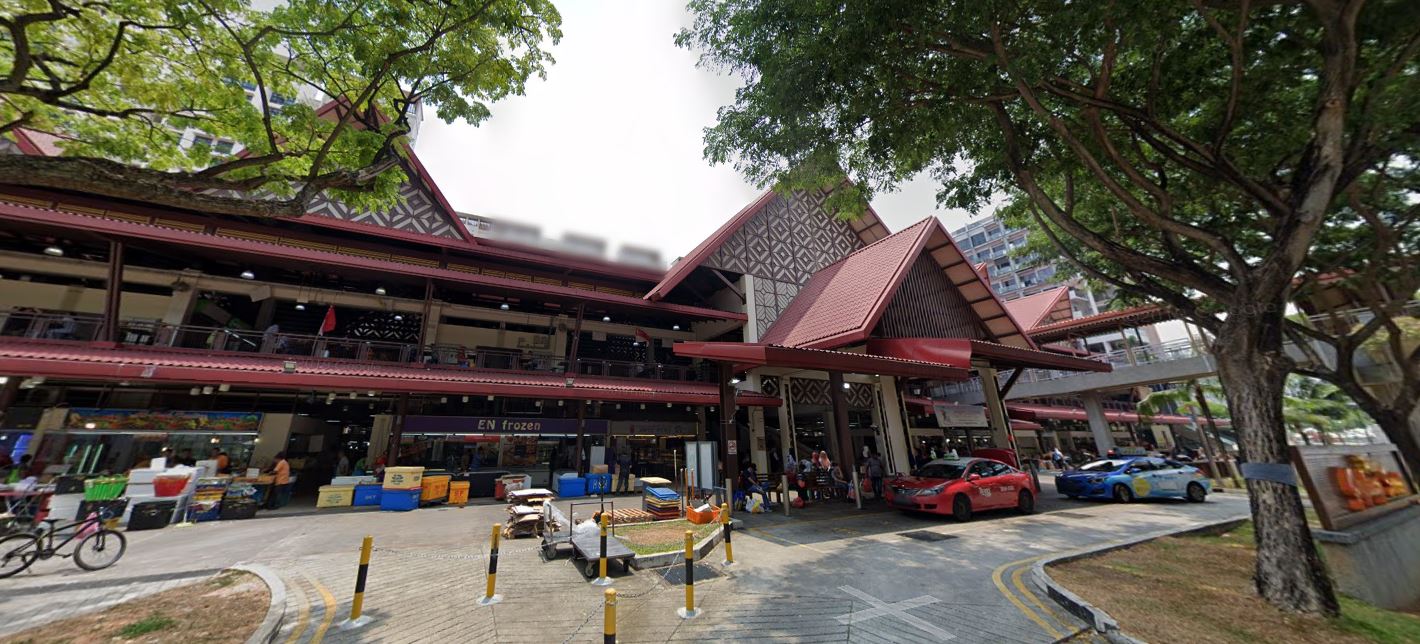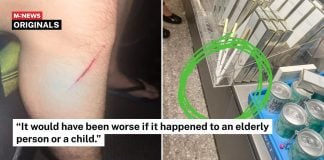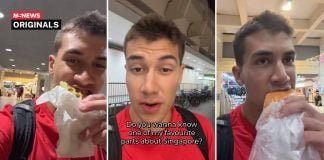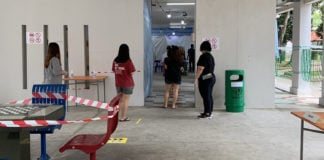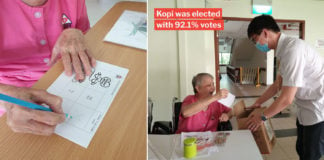Singapore Markets To Enforce Entry Restrictions, Says PM Lee
Prime Minister Lee Hsien Loong (PM Lee) announced in his nationwide address on 21 Apr that more restrictions would be put in place to thin any remaining crowds at marketplaces.
In particular, he mentioned wet markets, which continue to draw crowds as people shop for their essentials.
Wet markets & supermarkets alike will now have entry restrictions in place to reduce crowds. These are targeted at more popular markets to ensure safe distancing is carried out.
For instance, citizens will be allowed to enter markets on alternate dates — with odd numbered NRIC numbers able to enter on odd days of the month, and vice versa, clarified Minister Lawrence Wong.
Odd NRIC numbers let you enter markets on odd dates
An example for market entry regulation would be for citizens to be admitted to markets & supermarkets on alternate dates.
You’ll have to flash your NRIC number at the entrance, and if it ends with an odd number, and it’s an ‘odd’ day of the month, you’ll be able to enter.
More details will be announced as the restrictions are put in place within the next 4 weeks. But you may be wondering why tighter regulations are required?
All wet markets to have entry restrictions in place
PM Lee explained that all markets in Singapore will have entry restrictions in place to reduce crowding.
This was because even after the ‘Circuit Breaker’ began, wet markets continued to draw crowds as many visited them at similar timings.
Geylang Serai Market, for example, had 200 people in line to enter on Sunday (19 Apr), and a 30-min waiting time, shared Minister Masagos.
Stagger marketing times & find alternatives
Along with the entry restrictions, PM Lee advised Singaporeans to do their marketing on weekdays, reducing the weekend crowd.
Singaporeans are also strongly encouraged to do their marketing and run errands alone, not with their families.
Visiting less popular markets is also an alternative, a sentiment echoed by Minister Masagos.
In the meantime, we should try to avoid crowded areas in general, as there’s a risk that infections could continue to spread and form new community clusters.
Featured image adapted from Facebook.
